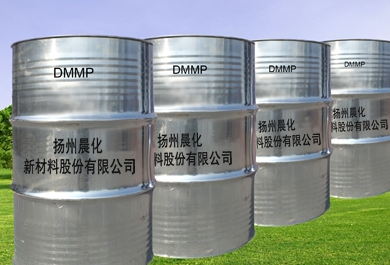Flame retardant environmental protection competition, it is indisputable to win.
Flame retardants of different sizes and shapes gradually come into our lives and become a part of us. In the face of so many kinds of flame retardants, do you really choose the right one? For our health and our environment, we should choose safe environmental flame retardant. How to judge whether it is environmentally friendly?
Flame retardant is mainly through the flame-retardant modification of raw materials to increase its fire-fighting function. Widely used in building materials, ships, automobiles, home appliances and other industries. There are many methods to judge whether the flame retardant is environmentally friendly, such as oxygen index measurement, horizontal combustion test or vertical combustion test. In the electronic and electrical industry, people also have clear requirements for flame retardant materials, including ad, mercury, cadmium, hexavalent chromium, polybrominated biphenyls, polybrominated diphenyl ethers and other six substances have strict standards. If the on-line concentration requirements of each substance are not met, it can be determined as non environmental friendly flame retardant products.

There are many kinds of flame retardants. Some flame retardants may have safety problems when they are not used, such as red phosphorus flame retardants. So, how can we protect our own security? Based on these questions, please pay attention to the following requirements.
Comprehensive toxicity assessment shall be carried out for flame retardants suspected of endangering human health and environment, and their production, use and ridicule shall be strictly controlled. Stop production and sales once proven unsuitable for use. Tris (dibromopropyl) phosphate was once a widely used and very effective halogen-free flame retardant. It was later found to have carcinogenic effect and was banned in many countries. Pentabromodiphenyl ether and octabromodiphenyl ether, which were rated as toxic flame retardants, were also banned.
Aiming at the newly developed flame-retardant products, the effects on human health, safety and environment were studied and evaluated. In order to ensure the safety of production and use, more detailed information on the above can be provided. On the one hand, efforts should be made to improve the safety level of existing flame retardants and flame retardants. On the other hand, efforts are being made to develop new environmental friendly flame retardants (such as halogen-free flame retardants) and gradually promote their use (such as the world's halogen-free flame retardant polypropylene has reached about 20% of the total flame retardant polypropylene). It is believed that the development of a new generation of halogen-free flame retardant will ensure the use of flame retardant materials, reduce fire hazards and reduce its impact on the environment.
This is also a good way to choose flame retardant masterbatch. The proportion of flame retardant is not even and accurate. At the same time, it will cause workshop pollution and skin allergy of workers. There are many matters to be paid attention to in the use process, which increases human and financial resources. Flame retardant masterbatch can avoid the above problems. The particle size of the flame retardant masterbatch is the same as that of the raw material. The shape of the product is the same as that of the raw material. The mixture is well dispersed. At the same time, it will not cause dust pollution and skin allergy of workers. It can be mixed directly. It is not only convenient to use, but also saves cost.